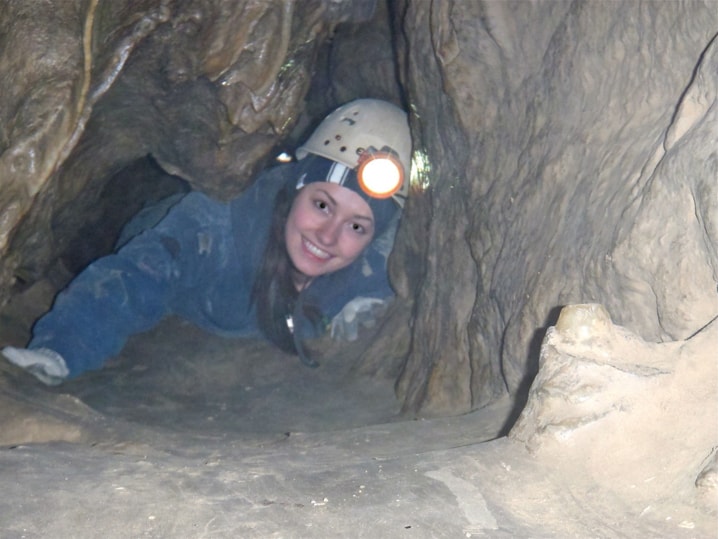Recently, I flew to Churchill, Man., to watch hundreds of beluga whales gather at the mouth of the Churchill River. As I debated how many layers of fleece I needed to witness this spectacle of nature, it occurred to me that there are significant differences between travel to northern Canada and the south.
For starters, getting here is expensive. I could have visited the South Pacific for the price of the three-hour flight from Winnipeg to Churchill. Fortunately, I did not have to worry about the $2 per litre for milk or gasoline that locals fit into their budgets.
Wildlife viewing is a major attraction for visitors to Churchill. In October and November, the polar bears draw thousands of people, in July and August, it is the beluga whales. But, if you want to maximize your wildlife watching, come during the short summer when you can see whales, and once the melting ice forces them onto land, bears.
I was unnerved when the front desk clerk at our hotel, The Lazy Bear Lodge, explained what to do if we encountered an un-lazy bear on our walks about town. “The back doors of the recreation centre are kept open. If you see a bear, back up slowly and head indoors,” she said.
The possibility of a bear encounter also explained the presence of a Parks Canada employee with a large rifle on our tour of Cape Merry. “If the ice had totally melted and we had the fog we are having today,” he explained, “we would have shut the site down. It is a very popular transit area for polar bears.”
There is a rhythm to life in the north you will not find in southern Canada. Ice movement and tide tables dictate sightseeing. Restaurants stay open late if whale watchers, like me, get caught up in the excitement of belugas blowing bubbles under the kayaks.
At 10 o’clock each evening, an ear-piercing alarm sounds a curfew for youth. It’s been sounding every night for 40 years, and by some accounts, been ignored for almost as long.
Everyone in town is multi-talented, a necessity in a town of 900 people and almost an equal number of polar bears. With roads that end a few kilometres out of town, I was heartened to hear that one of our guides was a licensed paramedic, and the other, Gerald Azure, was an accomplished dogsledder and member of the Canadian Rangers, a subcomponent of the Canadian Forces Reserves that patrol the north. I felt prepared for attacks, whether caused by heart, bear or terrorists!
If you decide to add northern travel to your adventures, allow extra time for connections. I spent an anxious few hours looking at the fog that had closed Churchill runways, before the airport agent shouted, sans microphone, “Your flight is going!” She leapt over the luggage scale and led a rush of adventure tourists to the gate. Our pilots, in northern fashion, made the most of an opening in the clouds, but as we lifted off, I was sad to see the north disappear from sight.
If you go:
• Lazy Bear Lodge is the largest wood cabin structure in Manitoba. It took 10 years to build and visitors will find it a cozy base from which to watch polar bears or belugas. National Geographic Traveller picked it as one of the best hotels in Canada. Go to www.lazybearlodge.ca for more information.
• Go to the dogs. Gerald Azure at Bluesky Mush has summer and winter tours to introduce you to the bond between musher and dog. Go to www.blueskymush.com for more information.
Carol Patterson has been speaking and writing about nature tourism and emerging destinations for two decades. When she isn’t travelling for work, she is travelling for fun. More of Carol’s adventures can be found at www.naturetravelgal.com.
